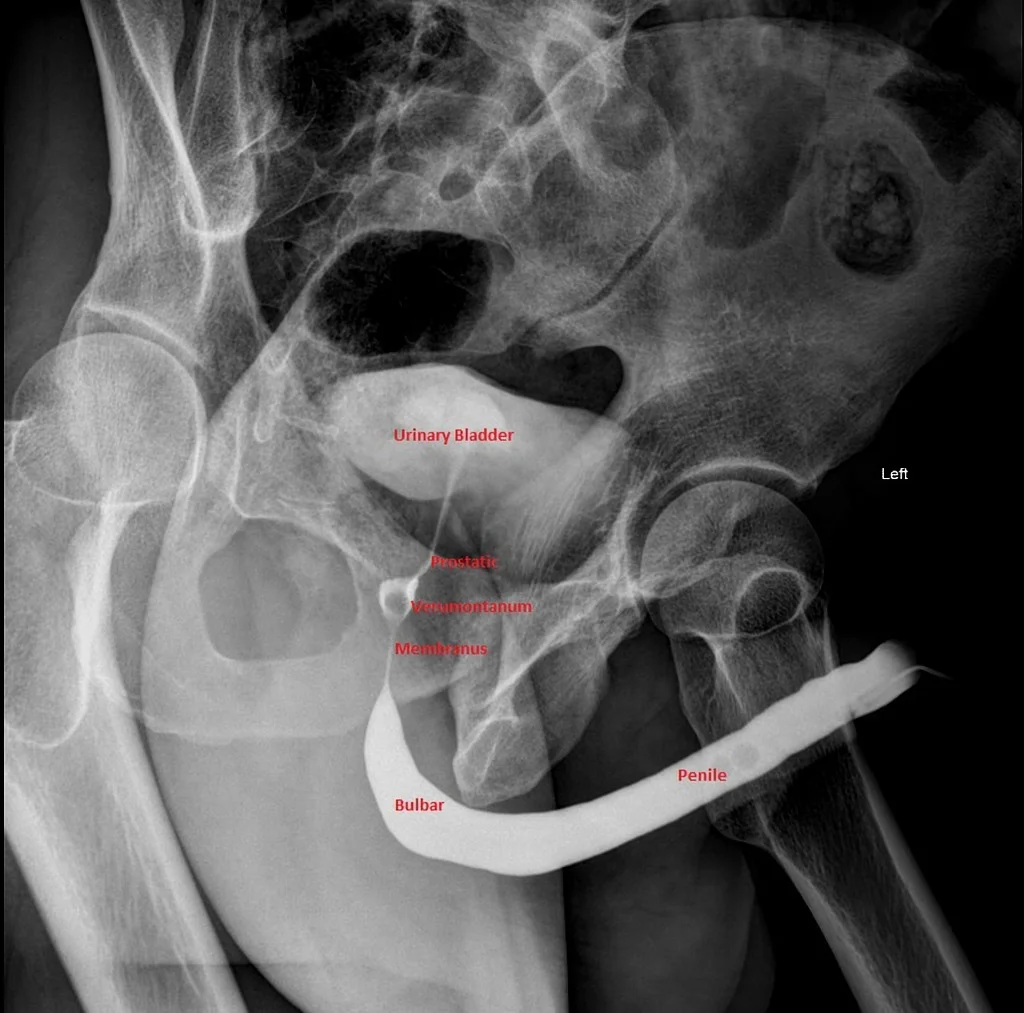When a child comes in to the emergency department for head trauma, it can be difficult to balance unwanted, and possibly unnecessary radiation, with the risk of missing clinically significant head trauma. CT scans of the head allow providers to rapidly identify, and subsequently address dangerous and potentially life-threatening intracranial trauma and hemorrhages. However, as with everything in medicine, a CT scan is not without risks, particularly in the pediatric patient. With over 500,000 ED visits per year dedicated to pediatric head traumas, this is a challenge that emergency medicine providers face frequently (1). A study published in 2001 suggests that approximately 170 deaths were attributable to one year of CT head examinations in pediatric patients (2), and utilization of CT imaging has only increased since. Therefore, as with any radiation based imaging, careful consideration should be given to whether the test is truly necessary. As mechanism of injury and post-trauma symptoms can range drastically, it can be difficult to accurately assess the appropriateness of imaging in a child. As such, the pediatric emergency care applied research network (PECARN) worked to develop a clinical decision tool to guide clinicians in the need for head CT following pediatric head trauma.
Read More


















